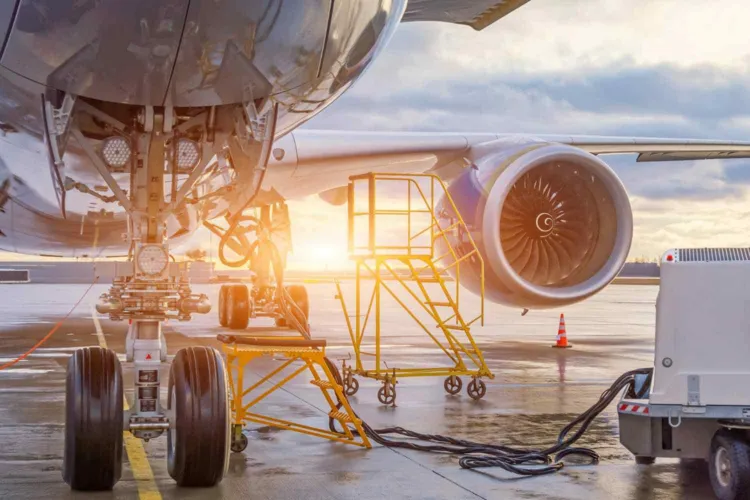The world’s supply chains are changing fast. Trade tensions, rising protectionism, and disruptions from the COVID-19 pandemic have forced companies to rethink where and how they manufacture. According to a global survey, 93% of supply chain leaders are actively trying to diversify operations to build resilience. China’s rising wages, up 80% between 2010 and 2022, add pressure. Combined with geopolitical risks, this is prompting a major manufacturing shift to Southeast Asia. Countries like Vietnam, Thailand, and Indonesia are emerging as top alternatives for global manufacturers.
Southeast Asia’s Manufacturing Momentum

Southeast Asia now accounts for 14% of global trade value, and its role in China’s export network is growing. The region’s share of China’s intermediate goods exports increased from 13% in 2013 to nearly 18% in 2023. This shift confirms Southeast Asia’s growing importance in global production networks.
Vietnam, in particular, saw a 32% year-on-year increase in Chinese intermediate goods imports in 2024. Over 70% of this trade was in mechanical and electrical components, showing the region’s growing role in high-value manufacturing.
Manufacturing Shift Southeast Asia: Investment Flows Surge
In 2023, FDI into ASEAN reached $230 billion, with a jump in the region’s global FDI share from 6% (2006–2015) to 17%. Much of this investment is going into electric vehicles, green energy, and electronics.
China, the US, and the EU are leading the charge, betting on the region’s economic potential. The Regional Comprehensive Economic Partnership (RCEP), a free trade agreement covering 15 countries, makes the region even more attractive through lower tariffs and smoother market access.
Vietnam, Thailand, and Indonesia Lead the Way
Vietnam is attracting brands like Apple, Nvidia, and Lego, thanks to low labor costs, modern infrastructure, and political stability. Its efficient ports, digital systems, and regulatory certainty make it a top choice for manufacturers seeking a new hub.
Thailand also performs well with strong industrial bases and government support for technology-driven production. Indonesia, while rich in resources, faces challenges. High logistics costs, slower infrastructure rollouts, and labor complexity are still holding it back despite progress on reforms.
Read Also: Vietnam to Thailand: The New Southeast Asia Manufacturing Hub
Labor and Infrastructure Readiness for the Manufacturing Shift Southeast Asia
With young populations and a strong push for technical training, Southeast Asia is preparing its workforce for this shift. Vietnam and the Philippines have invested heavily in digital education and industrial upskilling. These efforts are key to long-term competitiveness.
However, Indonesia must close gaps in logistics and talent to catch up. Initiatives like JIIPE industrial park and government support for vocational training aim to attract more advanced manufacturing, but execution remains a challenge.
Read Also: Why Infrastructure Investment Opportunities Are Surging in SE Asia
Strategic Guidance for Investors
For global manufacturers, the manufacturing shift to Southeast Asia is more than a trend—it’s a strategy. But not all countries offer the same readiness.
Investors should focus on:
- Robust infrastructure
- Streamlined regulations
- Efficient logistics
- Young, skilled labor
Vietnam and Thailand currently lead in these areas. Targeting industrial zones, supporting SME ecosystems, and aligning with regional integration plans like RCEP can maximize returns.
Manufacturing Shift Southeast Asia: Ahead
Southeast Asia is no longer just a backup. It’s becoming a core player in global supply chains. With rising investment, trade integration, and a strong labor base, the region offers a smart alternative for manufacturers facing global uncertainty. The manufacturing shift to Southeast Asia is reshaping the map and will be here to stay.







